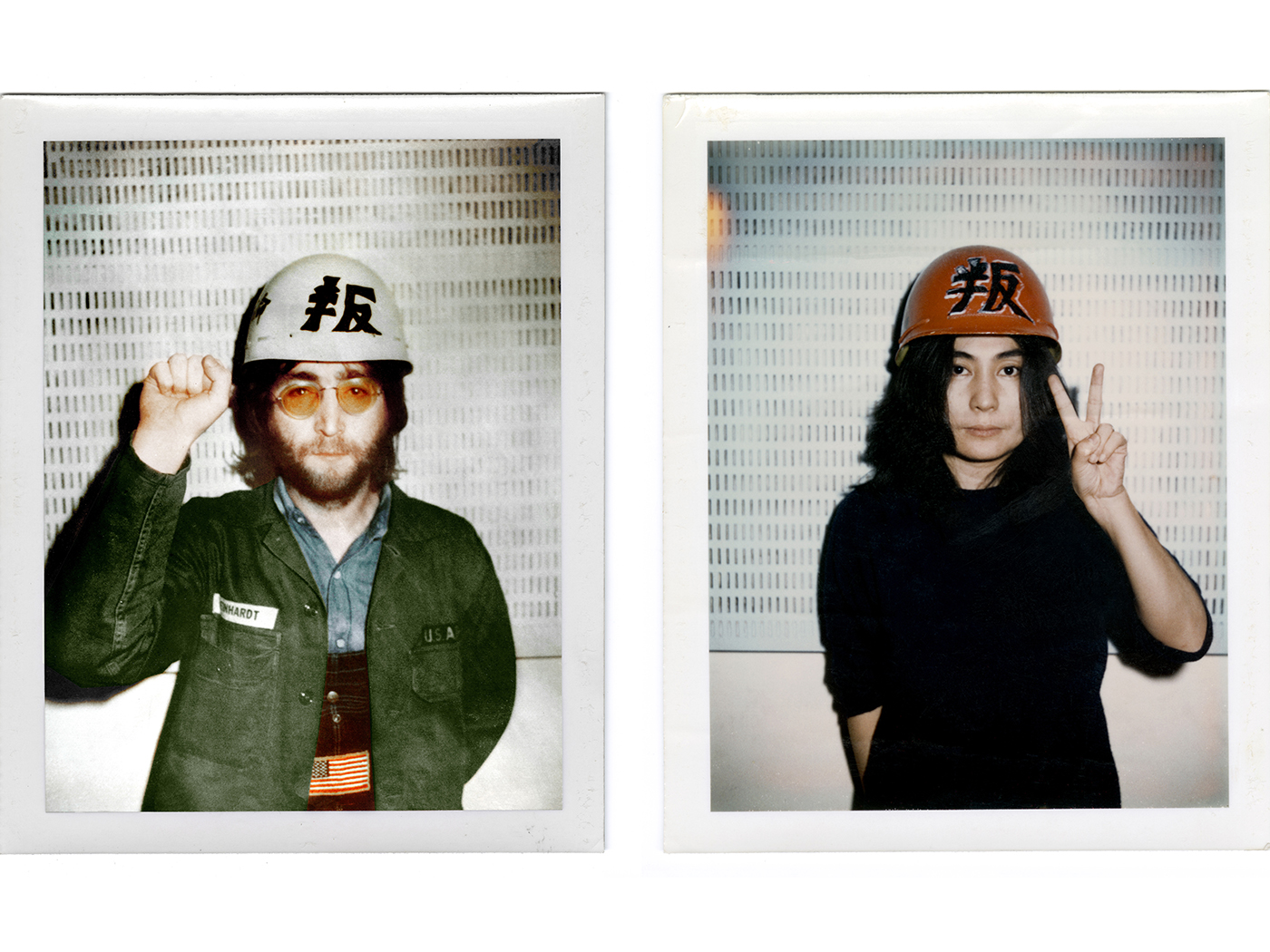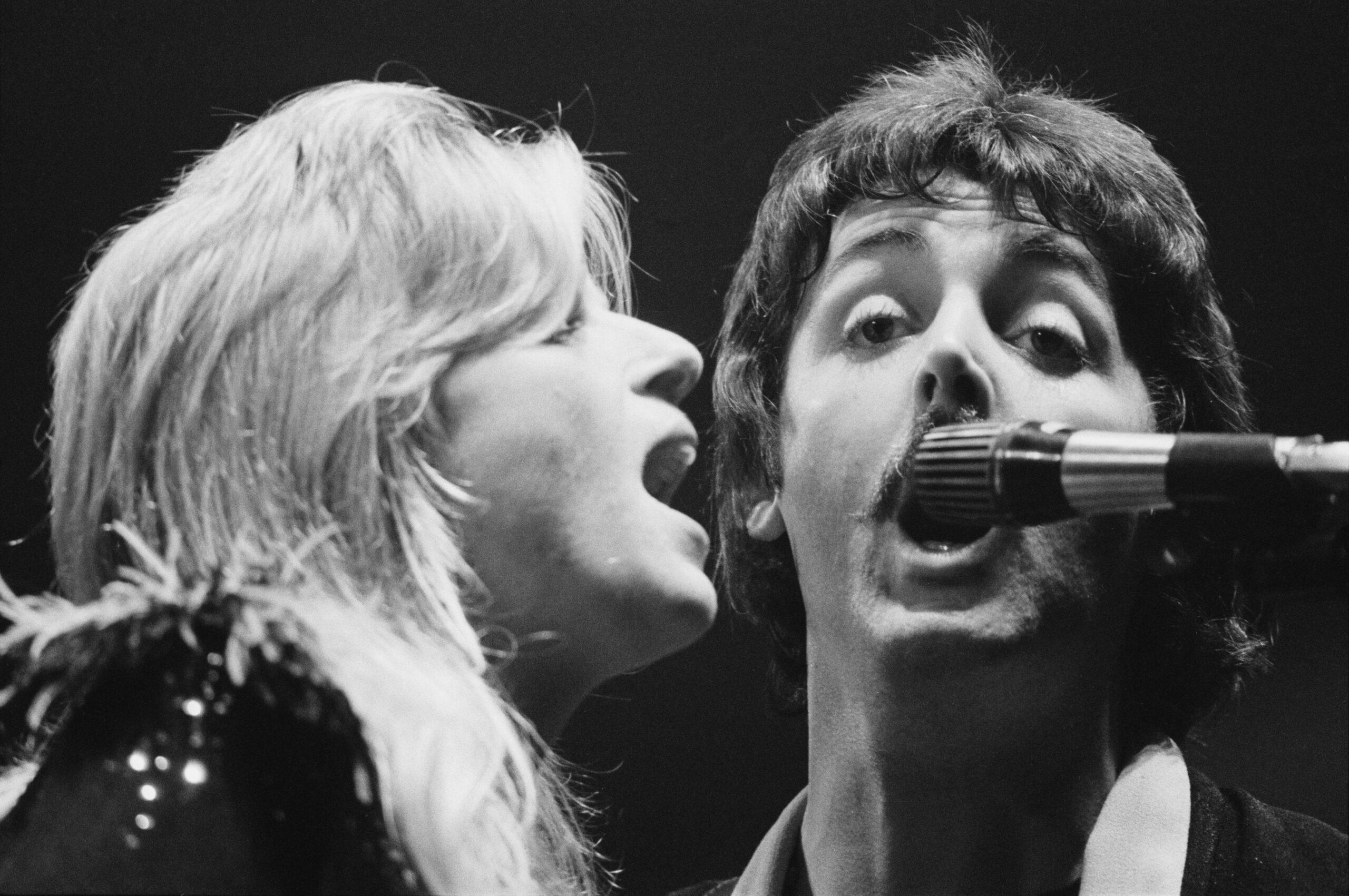
When John Lennon and Yoko Ono moved from London to New York in the wake of the Beatles‘ 1970 demise, they secured an unassuming one-bedroom apartment on Bank Street in New York’s Greenwich Village, immersed themselves in the thriving counterculture and lent their voices to the raging anti-war movement in opposition to the American government’s evermore deadly presence in Vietnam.
As expected, Capitol/UMe will release a massive boxed set this fall devoted to this artistic era of Lennon and Ono, dubbed Power to the People and produced by the couple’s son Sean. The Super Deluxe edition of the project includes nine CDs and 3 Blu-ray discs and will arrive in tandem with several other variants on Oct. 10, a day after what would have been Lennon’s 85th birthday.
More from Spin:
- B-Real Breaks Down How “Insane in the Brain” Made Cypress Hill Superstars
- 20 Years Later, the Soundtrack of ‘Brokeback Mountain’ Still Echoes
- Radiohead Salutes ‘Hail To The Thief’ With Live Collection
The box centers around refurbished audio from Lennon and Ono’s Aug. 30, 1972, One to One benefit concerts at New York’s Madison Square Garden, which raised more than $1.5 million to support intellectually disabled children and were the last full-length performances Lennon ever staged before his 1980 murder. Both the afternoon and evening shows are available individually, while a single “hybrid” version features highlights of the two sets. See a rollicking take on the Beatles’ “Come Together” below.
Footage from these shows was prominently featured in Kevin Macdonald and Sam Rice-Edwards’ recent documentary One to One: John & Yoko, which will be available for streaming on HBO Max this fall. The concerts themselves will be released next year under the name Power to the People, as directed by Simon Hilton and edited by Ben Wainwright-Pierce. Excerpts were previously only available on the 1986 album and home video release Live in New York City.
“When I watch the film, the feeling I come away with almost more than anything else is, why the fuck did he not do this more? He’s so good live and he’s such a great performer,” Macdonald told SPIN in March. “Simultaneously, he was incredibly anxious and he’s documented that the reason he didn’t is because he got terrible stage fright. But at these shows, he seemed so relaxed. He’s improvising, throwing in words and pulling this band together. He’s the beating heart of it, musically, and they hadn’t really rehearsed very much. It was all done in quite an ad hoc way.”
The Super Deluxe edition also presents a fresh look at Lennon and Ono’s maligned 1972 album Sometime in New York City, which has been remixed from the ground up, resequenced and also presented as audio montages showing each song’s evolution from demo to finished track. Further, a host of related studio and onstage jams featuring Lennon and Ono backed by drummer Jim Keltner and New York psychedelic rock band Elephant’s Memory have been unearthed and remixed.
Perhaps of greatest interest to fans will be 33 acoustic recordings Lennon made in 1971 at the St. Regis Hotel in New York and at a hotel in Ann Arbor, Mi., all but one of which has never before seen the light of day. On them, Lennon delights in old rock’n’roll covers the Beatles used to perform in their pre-fame days, from the Everly Brothers’ “Wake Up Little Susie” to Buddy Holly’s “Peggy Sue.”
“I was completely floored putting this collection together and getting to remix the concerts and hearing all the unreleased material from my parents’ archive for the first time,” says Sean Lennon. “People may not realize how special it is for me to hear my dad talking or to see him. I grew up with a set number of images and audio clips that everyone’s familiar with. So to come across things that I’ve never seen or heard is really deep for me, because it’s almost like getting more time with my dad. When I was 11, my mum put out the Live in New York City album and film [in 1986], so I grew up listening to it. It was a concert that had a legendary status in my mind, because it was my dad’s last concert. For the concerts, Paul Hicks and Simon Hilton and I spent a lot of time finding the best possible balance to keep the feeling of a live show while refining the overall sound as much as possible and Sam Gannon did some meticulous and miraculous work with audio restoration. I won’t disclose all our techniques but there was some ‘movie magic’ required, and I think in the end, the shows sound better than ever.”
To see our running list of the top 100 greatest rock stars of all time, click here.





